As one completes the immigration and security checks at the Tribhuvan International Airport (TIA) and passes through the boarding gates, one gets amused on why is there another set of security checks, just next to the runway, before boarding an Air India flight to Delhi? The two feet tall ladder is fixed to a wheeled iron chamber where one gets their hand/cabin bags checked. The practice had begun after Indian Airline flight IC 814 enroute from TIA Kathmandu to IGIA, New Delhi was hijacked by Pakistan backed terrorists. Because of this major security lapse at TIA in Kathmandu, India wanted its “security personnel for frisking and security check of passengers.” However, “The Nepalese were outraged. How could they permit Indian security personnel on sovereign Nepalese territory?” and “it is then that a compromise was worked out. Indian security personnel would not stand on sacred Nepalese soil, but a foot above it and do their job!”
The latest book Kathmandu Dilemma: Resetting India-Nepal Ties by Ranjit Rae, a former Ambassador of India to Nepal unravels a plethora of details on such mysteries between India and Nepal. Amidst a drastically changing geo-political and geo-strategic space between India and Nepal, the book comes with many answers on the contemporary state of India-Nepal relations.
In the last six years, India-Nepal relations have touched an all-time low. The economic disruptions of 2015 at the Nepal-India border created by the Janjati-Madhesi groups during the implementation of a long-awaited Constitution of Nepal became the altar of the paradigm shift in Nepal’s approach towards India. Unsurprisingly, for decades, the erstwhile Kings and the democratically elected Governments in Nepal have waged an unnecessary fight against its geography and to present India in dark light. In this chain of events, the2015 Madhesi Andolan created a vacuum that was exploited by leaders like former Prime Minister KP Sharma Oli to their political advantage. Oli left no stone unturned in accusing India of the alleged “blockade” which earned him the title of tallest ultra-nationalistic leader.
The 1950 Treaty of Peace and Friendship forged special relations between India and Nepal. As a landlocked country, the Treaty proved to be a boon for Nepal in getting India’s assurances from non-territorial aggression, mutual respect, and transit freedom through an open border and uninterrupted movement of people across the border without any visa or passport. In the 1960s, Nepal could only rely on the Indian Army to protect its frontiers from an aggressive China considering the latter’s aggression in Tibet. India’s economic concessions in the 1990s to Nepal, mediation during a decade long Maoist insurgency, a successful stint as a peacemaker between the Maoist and the political forces gave birth to present-day democratic Nepal. India has also been the first responder in times of crisis including the 2015 Earthquake in Nepal when Indian Air Force transport planes made several sorties to Kathmandu, carrying NDRF teams, army engineers, medical teams and army hospitals along with relief, food and medical supplies.
Despite all the help, Ambassador Rae encountered an obvious question from Prime Minister Modi that “why don’t they like us? We have done so much for Nepal”. The erstwhile Royals did not like India’s advocacy for democracy and support to democratic movements in Nepal, similar to India’s advocacy for the rights of marginalised communities’ post-2015. Rae’s honest answers have stood their ground in the book as he dwells upon his tenure as India’s Ambassador in Kathmandu during the most challenging times.
Rae finds that for years, media in Nepal has spared no words/efforts in accusing India of venturing to make Nepal a Hindu Rashtra despite the fact that Government of India has made it clear that it has no views in this regard and it is up to the people of Nepal to decide.
There are certain biases in Nepali media. They are reflected in under reporting of Chinese territorial expansions on Nepal’s sovereign lands in the Nepalese media. Even the Oli government had refuted any such expansion by China through Nepal’s Ministry of Foreign Affairs. On the contrary, Oli was more interested in accusing India of land encroachment in Kalapani. For a fact, India inherited boundaries with Nepal from British rule in India, and for centuries, these borders have remained the same, much to Nepal’s disappointment. Also, Oli’s anti-India agenda included disrespecting the Indian Emblem and presenting distorted facts on the birthplace of Lord Rama.
A symbolic projection of transit access through Chinese ports, Trans-Himalayan Railway corridor, temporary supply of fuels from China in 2015, Oli’s visit to China in 2016, and a reciprocal visit by Chinese President Xi to Nepal in 2019, military cooperation, and political ties have resulted in an increased intervention of China in the economic, political and strategic affairs of Nepal. Above all, China is offering these development funds through soft loans. On the other hand, railway connectivity between India and Nepal has already materialised and functional till the border regions of Nepal. The existing trade deficit and falling Indian FDI in Nepal can always be minimised only if Nepal wishes to fully use its hydropower potential and resolve political sensitivities on Indian investments.
India-Nepal trade is booming and Indian assistance is increasing which is mostly on a grant basis compared to Chinese soft loans. The author recalls how India’s sale of military material to the Royal Nepal Army on a 70 percent grant and 30 percent payment to fight Maoist insurgency had turned into a full grant since the 30 per cent was seldom paid. Therefore, there is less substance and more hype in projecting Nepal-China bonhomie. Meanwhile, the assumption that Chinese paws in Nepal are increasing “does not augur well for the future and is a worrying development”. However, as the influence of China, Pakistan, “the US, the UK and the European Union on the other, grows in Nepal, India will need to fashion an approach that ensures that our core interests are protected.”
In conclusion, Rae asserts that India-Nepal relations have enough potential to cooperate if socio-cultural and people to people relations, mutual strategic interests, and trade and investment are put to best use than focusing on little that has divided the two occasionally.
The book keeps the reader connected, detailed, and updated on the most recent foreign and strategic aspects of Nepal. Although, in chapters like People’s Aspirations: The New Constitution, The Post-Constitution Fallout, Ambassador Rae could have given more insights to his readers in terms of details on the alleged ‘2015 Blockade’. These two chapters somehow provide a narration that India’s Ministry for External Affairs has held over the years. Overall, the book is a ‘must read’ for academics, policymakers, strategic community, media personnel, and researchers interested in Nepal-India relations. The book becomes more interesting when the author makes a point that Nepal is one of the best assignments for any Indian diplomat.
(Kathmandu Dilemma: Resetting India-Nepal Ties is published by Vintage Books (an imprint of Penguin India), and scheduled to release on September 27, 2021).




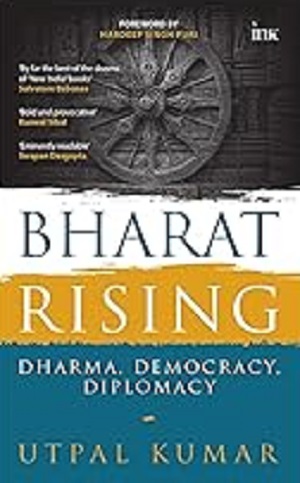
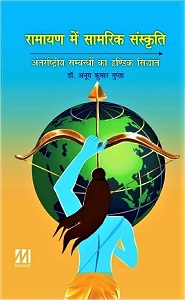
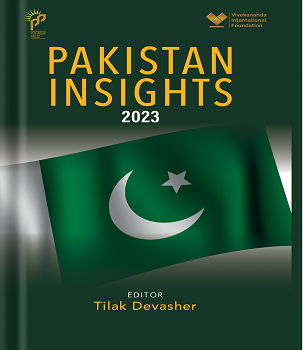
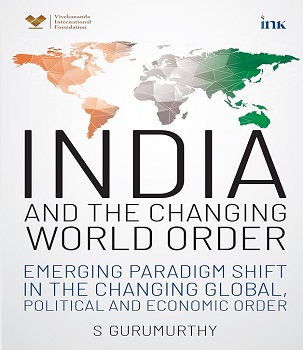
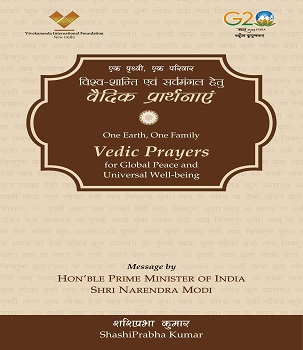
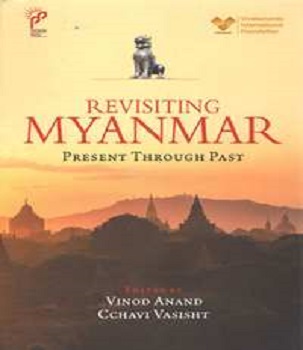
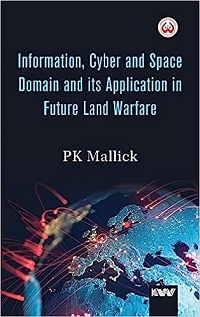
Post new comment